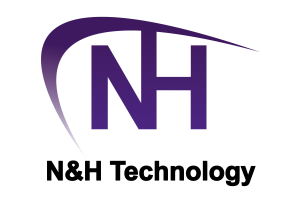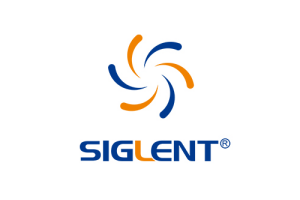IR Laser Diodes
Market Growth Through 3D Sensors in Smartphones
In 2017, sales of IR laser projectors for 3D recognition in mobile devices were 246 million US dollars. LEDinside predicts that by 2020 the figure will already be around $2 billion. The main growth drivers are smartphone manufacturers.
LEDinside divides the market for laser projectors into three key areas: IR laser diodes, wafer level optics, and diffractive optical elements. The latter are usually finely structured glasses with which the IR light beam is formed.
According to market analysis, the drivers for this high growth are the smartphone manufacturers. They need IR laser diodes to provide biometric identification functions. Currently, this is still done via iris or 2D face recognition, but since Apple has already integrated 3D sensors based on IR laser diodes in the iPhone X, the rest of the industry is also pursuing similar concepts. These include Samsung, Asus, and many of the Chinese manufacturers such as Xiaomi, Huawei, and Oppo.
Supply Chain Reacts
According to LEDinside, chip and package manufacturers have already increased their capacities for edge emitting lasers (EEL) and vertical cavity surface emitting lasers (VCSEL) to meet the smartphone industry's demand for IR laser diodes and to position themselves as potential suppliers.
Currently, edge emitters are the more widespread technology. It allows higher light intensities than surface emitters, which in turn have advantages in terms of production costs and beam quality.
The growing demand for 3D face recognition is leading manufacturers to add surface emitters to their portfolio of edge emitters. At the beginning of May, for example, Osram announced the takeover of the small US company Vixar, which specializes in this very technology.








